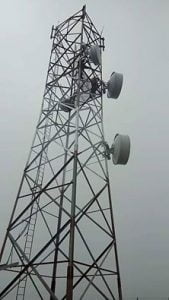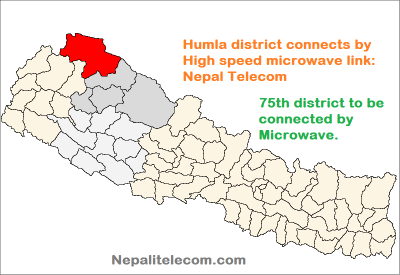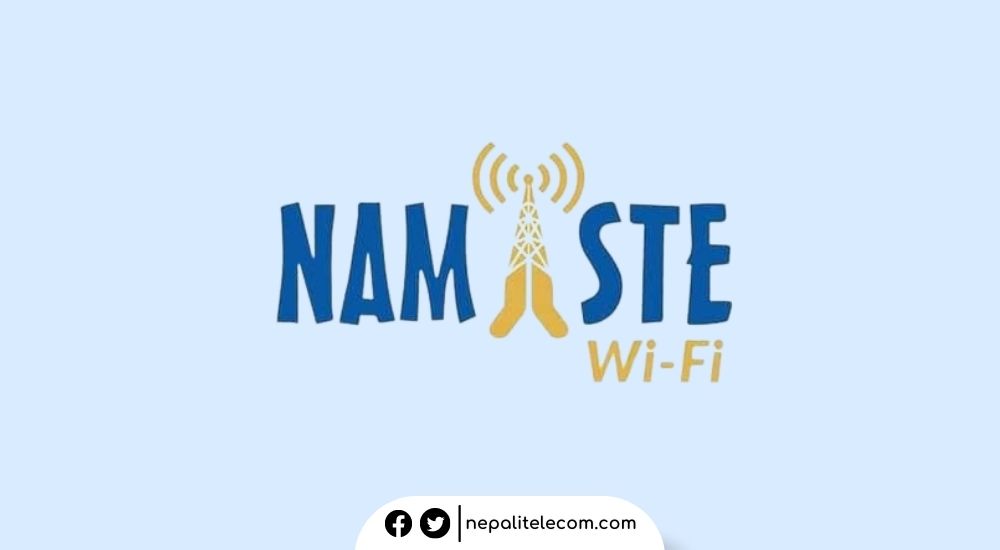Nepal Telecom, the pioneering telecom operator of Nepal has connected all of its districts with Microwave link. In a bid to connect all of its districts to high capacity transmission link for all of the telecom technologies and services, Nepal Telecom has started installing high capacity Microwave links to all the remotest districts. This Janaipurnima (a.k.a Rakshyabandan) Nepal Telecom’s Engineer has succeeded to establish the microwave link to Simikot of Humla, the 75th district of Nepal being connected by Microwave link and started GSM base stations with the link. Earlier all of the remote districts were connected through Satellite link which is now shifted to Microwave. Now, all of the remote districts at least the Headquarters (and more) are connected by Microwave. Satellite link are known to be highly expensive and experience high delay in communication due to the large distance it has to pass from earth to the satellite (some 36,000 km above the earth surface) and back to earth. As large as 2 seconds delay could be experienced in the communication and high fading used to occur in the abnormal weather condition making the communication non-reliable. Whereas Microwave link is a terrestrial line of sight communication link which can provide very high speed communication link to a distance up to 50 km. Microwave is also considered to be more reliable than satellite link and can be used for the expansion of latest broadband technologies.
Humla is one of the remotest and inaccessible area of Nepal, in the mid western region, and now in Province no. 6. The famous Great Himalayan trail (GHT) also ends in Humla at Hilsa, bordering with tibet. Its elevation ranges from 1500 m to 7300 m above the sea level.

Although the transmission link was already there with satellite, the link capacity was very minimal and it was not enough for high speed 3G and broadband technologies. This is one of the milestones achieved in Nepali telecommunication sector which helps to reduce the digital divide in the country. The digital divide is the gap between those who have access to information and communication technologies (ICT) and those who have not.
Now after the link establishment, broadband technologies (including 3G, 4G) can be made operational in the area. Not only this, the Microwave link can be used to extend some spur links to other areas for the expansion of broadband technologies in the whole of the district. As the country is now mulling to expand 3G to all of the remote places of the country, this sort of transmission link expansion is very useful for the telecommunication development, ultimately result for the development of the country.
As already mentioned, the satellite link is highly costly making the operating cost of their network to be very high, but still Nepal Telecom was providing their service to such area due to their obligation to the country (a responsibility being a government owned telecom operator). Now that the high speed microwave is operational there, their opex cost will also be reduced.
We would also like to appreciate Nepal Telecom and all of the engineers involved in the operation of the microwave link.













